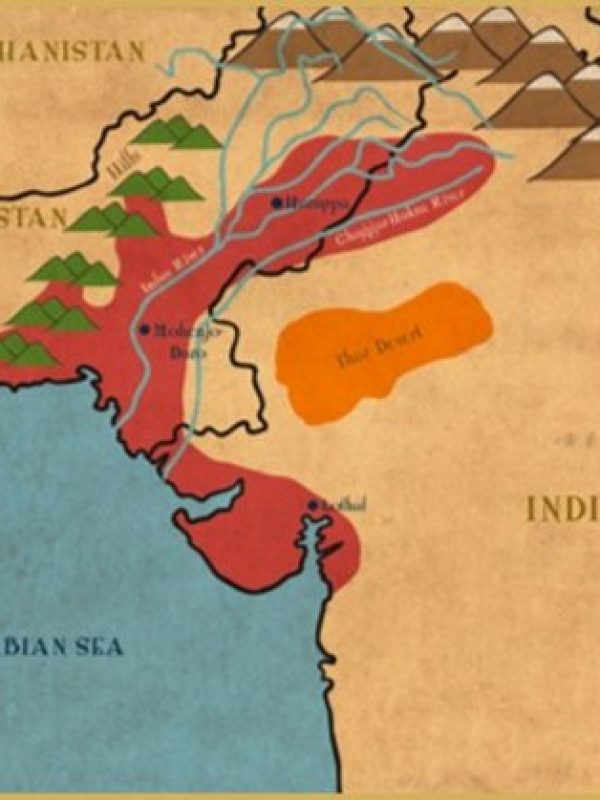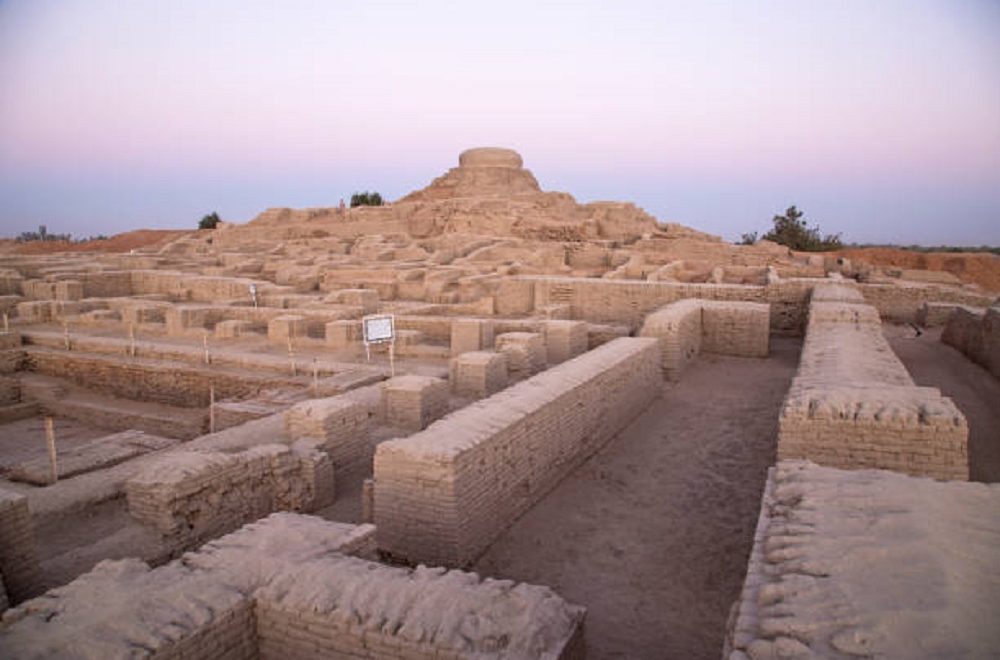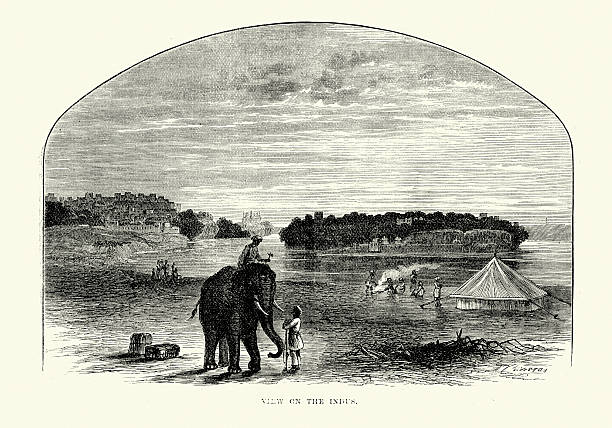
The Indus Valley
India, as a country with a rich history and civilization, is often considered to be one of the world’s oldest continuous civilizations.
Indus Valley Civilization (c. 2500-1500 BCE): One of the world’s earliest urban civilizations, known for its well-planned cities and sophisticated drainage systems. It existed in what is now Pakistan and northwest India.
4 Billion Yr Astronomy Knowledge of Ancient India

Indus Valley Civilization
India, as a country with a rich history and civilization, is often considered to be one of the world’s oldest continuous civilizations. The history of India dates back thousands of years, with evidence of ancient settlements and cultures that existed in the region as far back as the Indus Valley Civilization, which is estimated to have thrived around 3300 BCE. They city had No Temples in this city as no religion.
Key features of the Indus Valley Civilization include:
Urban Centers: The civilization had several well-planned and sophisticated urban centers, including Harappa, Mohenjo-Daro, Dholavira, and others. These cities had advanced sewage and drainage systems, as well as grid-like street layouts.
Writing System: The Indus Valley Civilization had a script that remains undeciphered to this day. Archaeologists have found inscriptions on seals and artifacts, but the meaning of the script is still a subject of scholarly debate.
Agriculture: The people of the Indus Valley practiced agriculture and had a sophisticated system of irrigation. They cultivated crops like wheat, barley, and various fruits and vegetables.
Trade: The civilization engaged in extensive trade with other regions, including Mesopotamia. Archaeological evidence suggests the presence of seals and artifacts from distant lands.
Art and Craftsmanship: The civilization produced various forms of art, including pottery, sculptures, and jewelry. They also had a high degree of skill in metallurgy and produced objects from bronze, copper, and other materials.
Decline: The reasons for the decline of the Indus Valley Civilization are not fully understood, but theories suggest factors such as environmental changes, ecological degradation, and possibly invasions by other groups.
The decline of the Indus Valley Civilization, which is believed to have occurred around 1900 BCE to 1300 BCE, marked a significant transition in the Indian subcontinent’s history. While the exact reasons for its decline remain a subject of debate among scholars, several developments followed the decline of this ancient civilization:


The Real Story of India
The cities of the ancient Indus had “social hierarchies, their writing system, their large planned cities and their long-distance trade. 3300 BCE to 1300BCE
